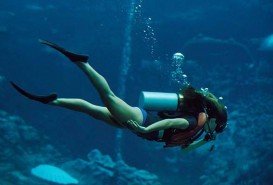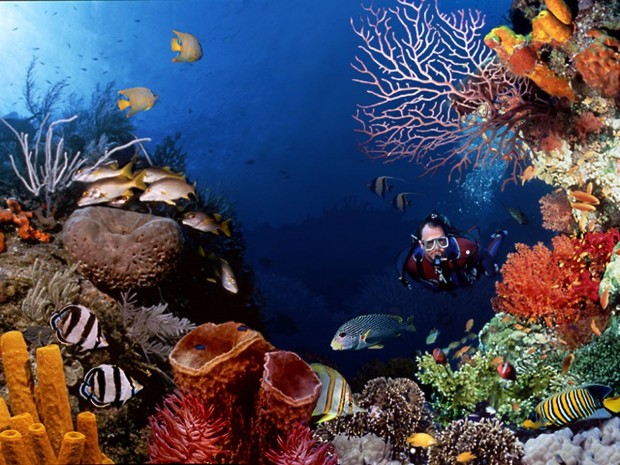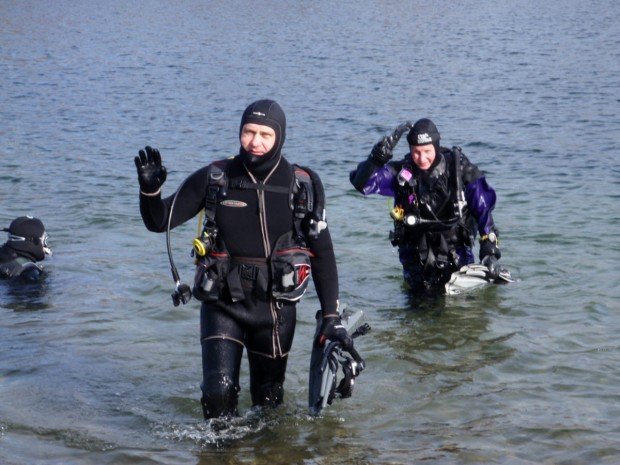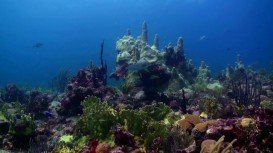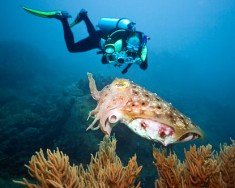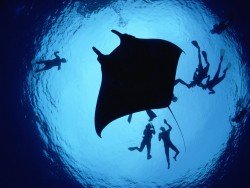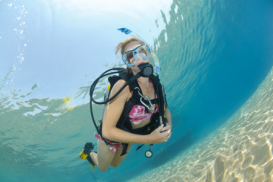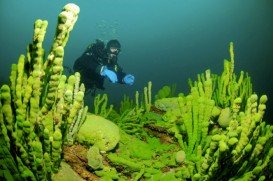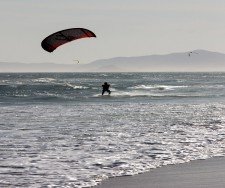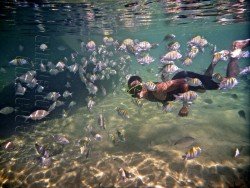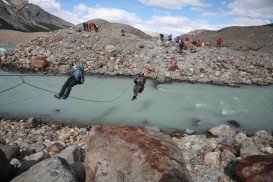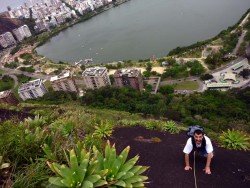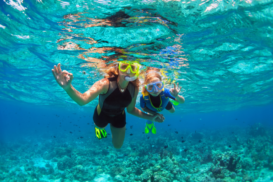Arraial do Cabo is a small town in the state of Rio de Janeiro. It is in the northeastern side of the city of Rio, in a distance of approximately 180 km/112 mi. Rio de Janeiro, commonly known as Rio, is the capital city of the Rio de Janeiro State, the second largest city of Brazil and the third largest metropolitan area in South America. Since July 2012, part of the city has been designated by UNESCO as a World Heritage Site in the category of ''cultural landscape''.
J.Y Costeau has evaluated this area as a “top 3 in Brazil”, which is justified by the number of beautiful beaches with transparent waters, magnificent rock formations, ship wrecks, reefs and corals. As for the marine life, rare oceanic phenomena, such as upwelling or resurgence, are the main reason for its great diversity and abundance.
A dive in these crystal, tropical waters will acquaint you with squids, turtles, groupers, lobsters, seahorses, rays or even dolphins and make you live the ultimate scuba-diving experience. The depth varies from 6 to 35 m (19 to 115 ft), depending on the diving area.
The visibility may range from 5 to 15 m (16 to 49 ft), depending on the season. The average water temperature is 20°C (68°F) in summer and 15°C (59°F) in winter. Arraial do Cabo is appropriate for both experienced divers, who like challenging dives of an advanced level and beginners, who appreciate calm clear waters.
The most well-known beaches are Praia Grande, Prainha, Praia do Forno, Prainhas da Portal, almost all of them housing at their depths famous shipwrecks. What you should not miss before leaving Arraial do Cabo, is Blue Grotto, a 25 m/82 ft dive, passing through tunnels, canyons and wrecks.
If you are a passionate scuba-diver, by no means should you miss the chance to visit this “capital of the dive”.
